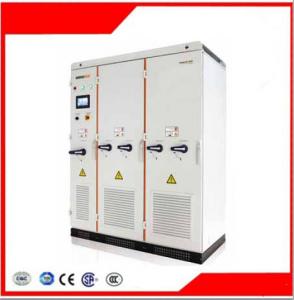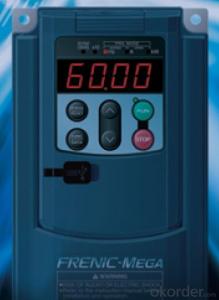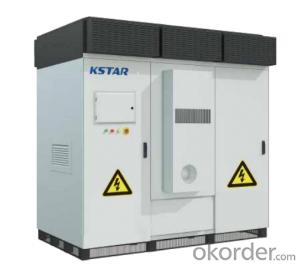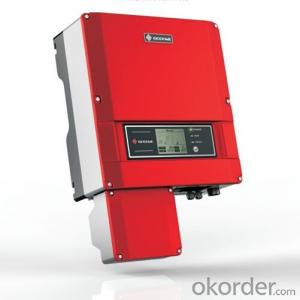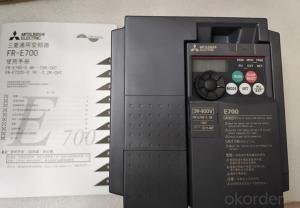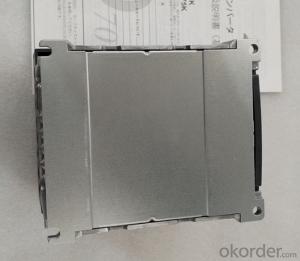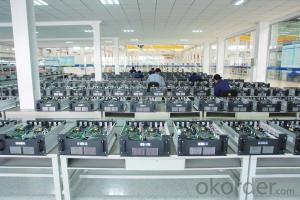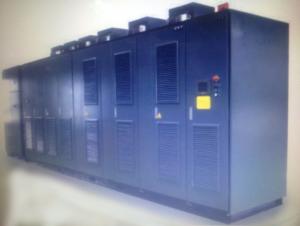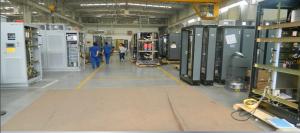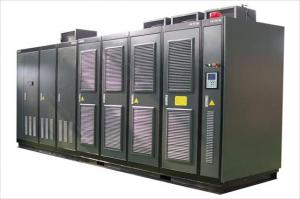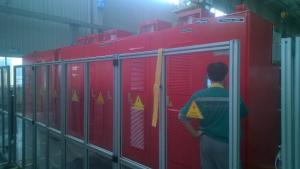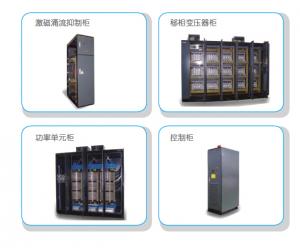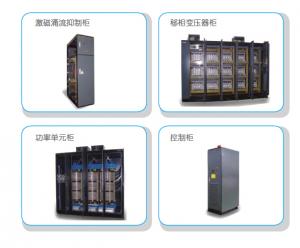Gfci Failure Solar Inverter
Gfci Failure Solar Inverter Related Searches
Faulty Solar Inverter Solar Inverter Relay Failure Eeprom Failure Solar Inverter Solar Edge Inverter Failure Broken Solar Inverter Solar Inverter Broken Solar Inverter Fault Light Arc Fault Solar Inverter Fault Light On Solar Inverter Solar Inverter Replacement T Solar Inverter Fault Codes Galaxy Solar Inverter Solar Inverter Not Charging Solar Inverter Upgrade Upgrade Solar Inverter Felicity Solar Inverter Reset Solar Inverter Fuji Solar Inverter Rssi Solar Inverter Install Solar Inverter Inverter Replacement Solar Glow Power Solar Inverter Jfy Solar Inverter Lg Solar Inverter High Frequency Solar Inverter Replacing A Solar Inverter Falcon Solar Inverter Solar Dc Inverter Solar Vfd Inverter Resetting Solar InverterGfci Failure Solar Inverter Supplier & Manufacturer from China
The Gfci Failure Solar Inverter is a type of electrical device designed to convert solar energy into usable power for various applications. This inverter is equipped with Ground Fault Circuit Interrupter (GFCI) protection, which ensures safety by detecting any imbalance in the electrical current and shutting down the power supply to prevent potential hazards. GFCI protection is particularly important in solar power systems, as it helps protect both the system components and the users from electrical shocks and damages.The Gfci Failure Solar Inverter is widely used in residential, commercial, and industrial settings where solar energy is harnessed to power electrical devices and systems. It is commonly employed in solar panel installations, where it converts the direct current (DC) generated by the solar panels into alternating current (AC) that can be used by standard electrical appliances. This product is also suitable for off-grid applications, such as powering remote cabins or providing backup power during grid outages. Its usage scenarios extend to electric vehicles, where it can be used to charge the batteries, and in agricultural settings, where it can power irrigation systems and other essential machinery.
Okorder.com is a reputable wholesale supplier of Gfci Failure Solar Inverters, offering a vast inventory of high-quality products at competitive prices. As a leading distributor in the solar energy industry, Okorder.com is committed to providing customers with reliable and efficient solutions for their solar power needs. With a comprehensive range of Gfci Failure Solar Inverters available, customers can find the perfect match for their specific requirements, ensuring optimal performance and safety in their solar power systems.
Hot Products










